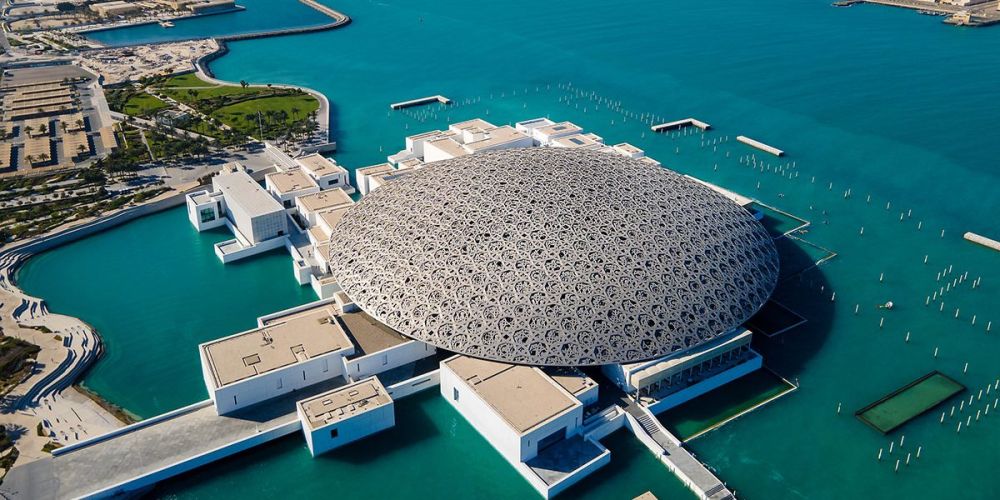

The Louvre Abu Dhabi is an iconic museum located in the heart of the United Arab Emirates. It is the result of an unprecedented partnership between the UAE and France. The museum's conception stems from a 2007 intergovernmental agreement, with the French government providing expertise, training, and loans of artworks. The agreement marked an innovative approach to cultural exchange and set the stage for a new type of museum in the Middle East.
The museum was designed by the renowned architect Jean Nouvel, who drew inspiration from the region's unique cultural landscape. The ground-breaking ceremony took place on May 26, 2009, with the museum officially opening to the public on November 11, 2017. The construction period, which encompassed roughly eight years, was accompanied by tremendous anticipation and interest not only from art connoisseurs but from the global tourism industry as well.
Upon its inauguration, the Louvre Abu Dhabi immediately established itself as a pinnacle of cultural tourism in the Middle East. Its unique collection, which spans thousands of years and includes artifacts and artworks from various civilizations around the globe, was made accessible to an international audience. The museum's ethos of fostering cultural dialogue and exchange has been a touchstone, attracting visitors from all over the world.
Since its opening, the Louvre Abu Dhabi has consistently attracted tourists, scholars, and art lovers, becoming one of the most visited destinations in the region. The museum has played a significant role in enriching Abu Dhabi's tourism landscape, contributing to the city's vision of becoming a leading cultural destination. It offers a range of cultural activities, including temporary exhibitions, children's workshops, and cultural events that reinforce its status as a beacon of learning and diversity.
The establishment of the Louvre Abu Dhabi has had a substantial economic impact, generating jobs, fostering various service industries, and enhancing the emirate’s tourism revenue. It has also served as a pivotal cultural asset, positioning Abu Dhabi as a center of artistic excellence and as an enduring bridge between Eastern and Western cultures.
In recent years, Louvre Abu Dhabi has embraced the digital shift in tourism, with virtual tours and digital guides becoming increasingly popular among visitors who prefer an enhanced and personalized museum experience. Additionally, the museum focuses on sustainability and has implemented strategies to support environmental conservation, aligning with the global trend towards responsible tourism.
With its spectacular design, vast array of art collections, and its significant role in the cross-cultural dialogue, the Louvre Abu Dhabi continues to be a jewel in the crown of global tourism and a proud emblem of cultural cooperation.